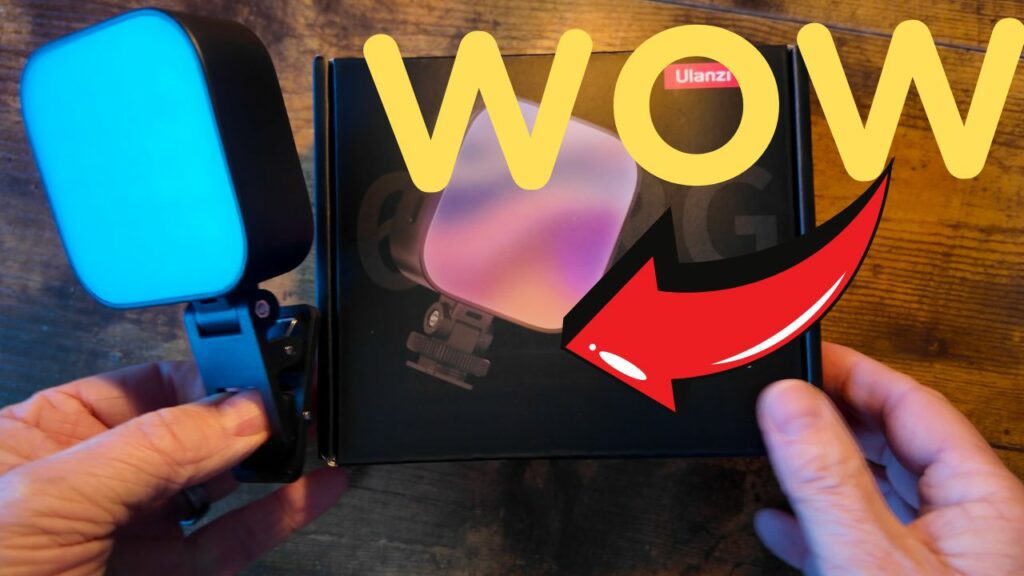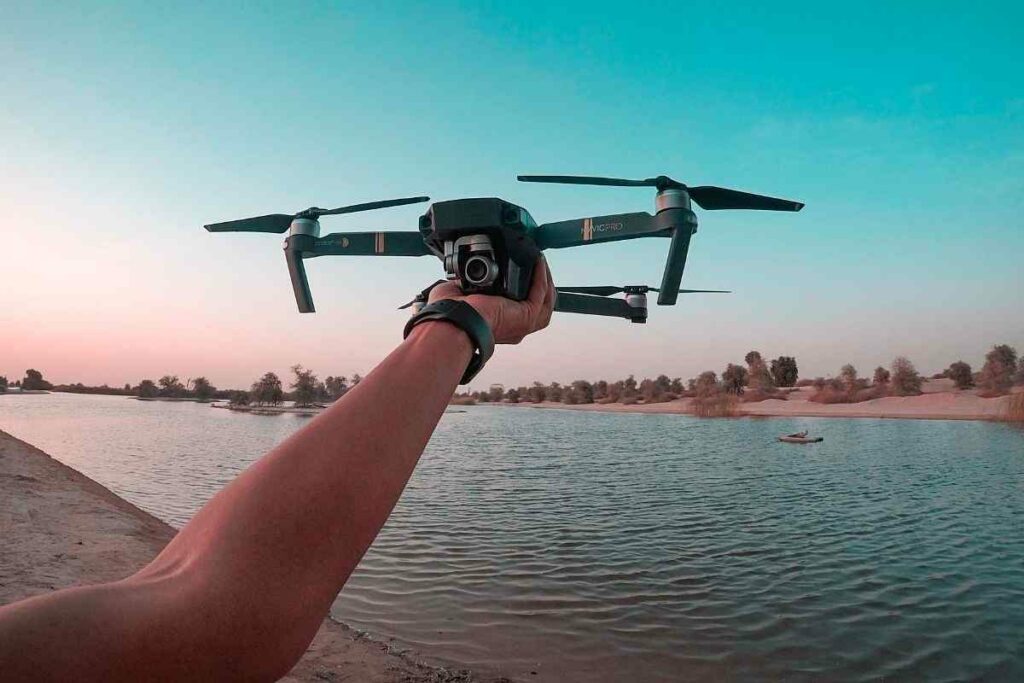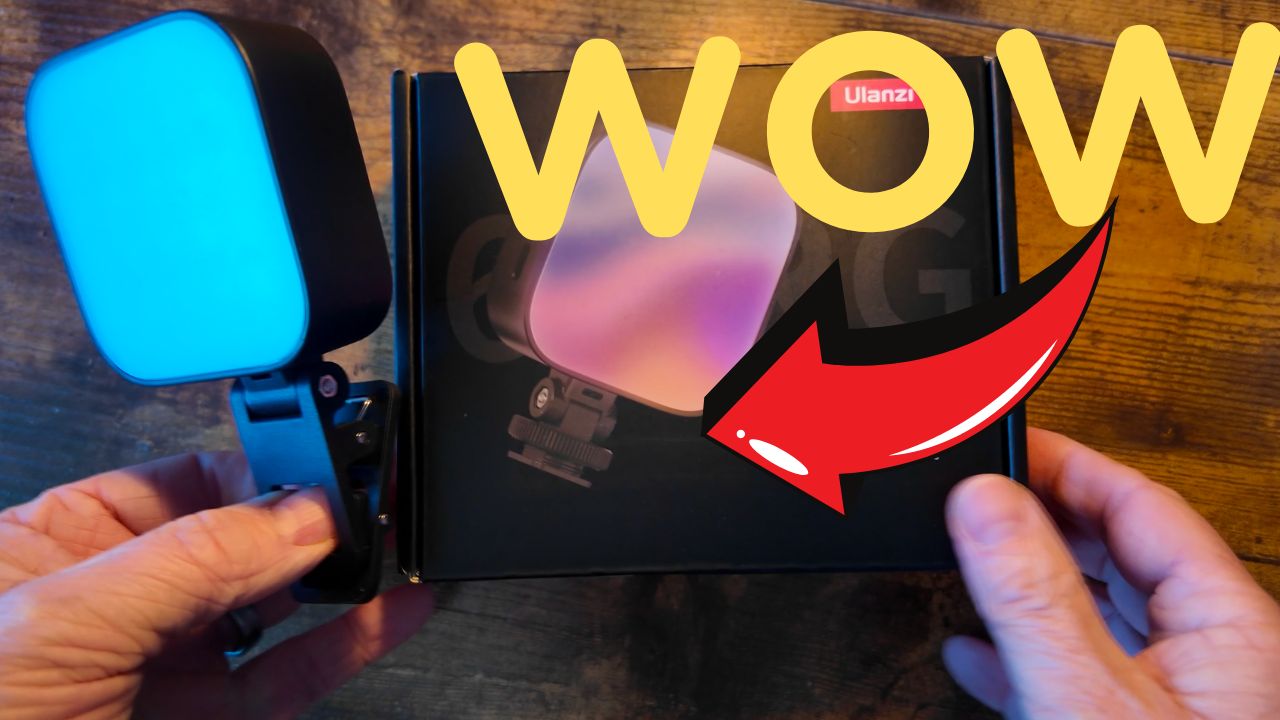Running your hand-luggage through an airport baggage scanner is one of the mundanities of air travel, but have you ever thought about what airport baggage scanners can see?
In This Article – We’ll explain not only what airport scanners can see, but also what they’re looking for.
Read on for helpful tips and some of the weird and wonderful items these scanners intercept.
What Can Airport Baggage Scanners See?
These scanners are primarily used to look for prohibited items in luggage, but the sophisticated imaging technologies they use mean they can see individual items of any kind within your luggage in surprising detail.
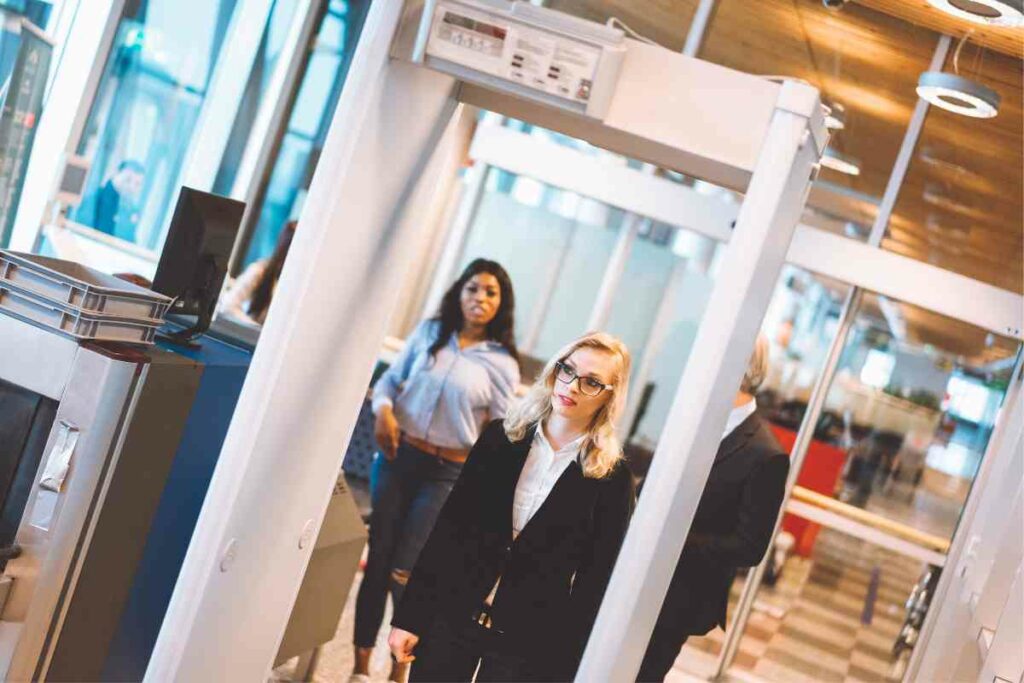
Not only can airport baggage scanners see your packed items, but they can also calculate the volume and density of various objects and flag them if they are similar to prohibited items.
What baggage is scanned?
Airport officials are tasked with checking all luggage and items that fly on planes.
Both checked luggage and hand luggage must be reviewed by passing through an X-ray scanner before being loaded onto the plane.
Airport staff weigh the baggage and load it onto a conveyor belt that passes through the x-ray scanner for its contents to be viewed.
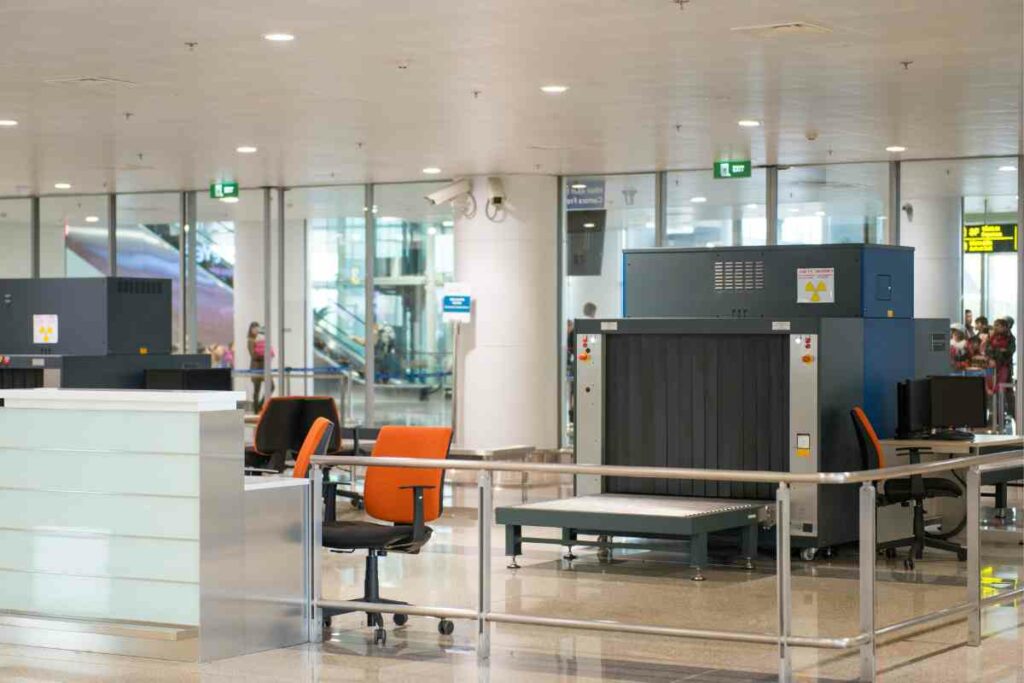
If anything on the scan concerns airport security, they will search the bag and clear it before it can proceed to the plane.
They also use a similar scanning process for airfreight.
Cargo that is stowed on planes passes through a larger scanner that is more powerful than the scanner used for passenger security.
Airport baggage scanners use a range of technologies to see inside your luggage
To peek inside your luggage, modern airport baggage scanners use a range of technologies, broadly divided into ionizing and non-ionizing airport scanning equipment.
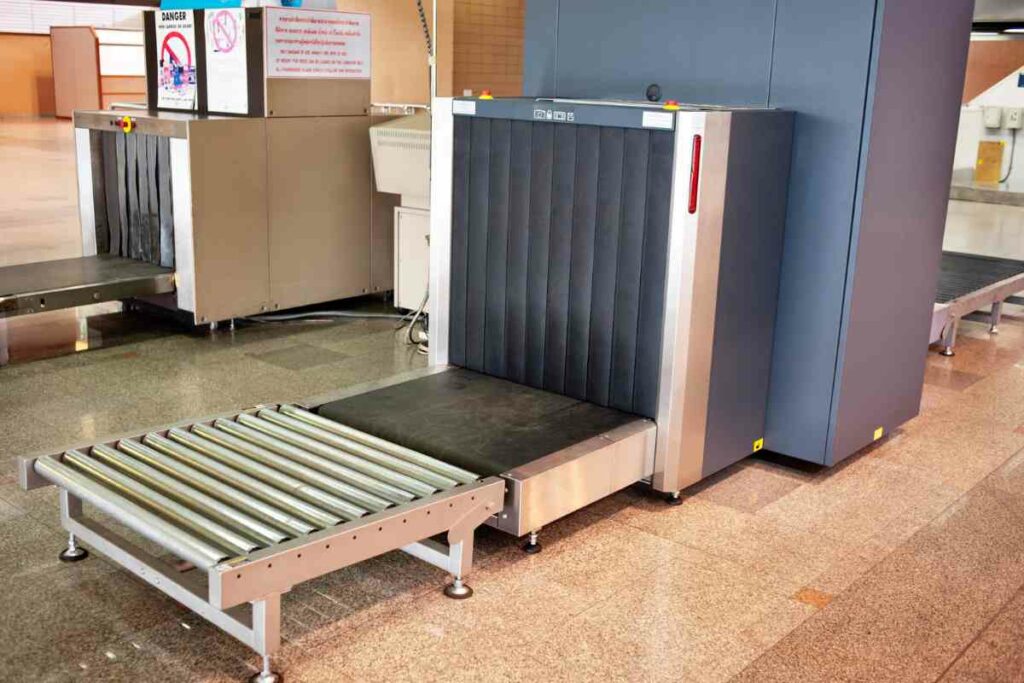
Here are some of the leading technologies used to scan your bags:
- Magnetic fields: this non-ionizing radiation is used in metal detectors. The magnetic fields are generated by passing an electrical current through wires. This low-energy radiation is then passed across the surface of objects to detect metal items.
- Millimeter wave machines: these machines use non-magnetic, low-energy, non-ionizing radiation to scan people and luggage for concealed items like weapons.
- Ionizing radiation scanning equipment: this is the most sophisticated scanning technology and is similar in caliber to medical CT scanners. To see inside luggage these machines generate large amounts of energy, directing ionizing radiation at the luggage to detect a wide range of concealed objects which will vary in radiodensity and show up as various shades of monochrome in imaging.
- Cabinet X-Ray scanners: these baggage scanners use x-rays in an enclosed area to generate x-ray images of inside the scanned luggage. The scanner operator can then review the images on a monitor. The scanner can calculate the mass and density of individual objects within the luggage. If items have the characteristics of prohibited objects, they will be flagged as hazardous to the operator.
What items are airport baggage scanners looking for?
The primary purpose of baggage scanning is to identify prohibited or illegal substances.
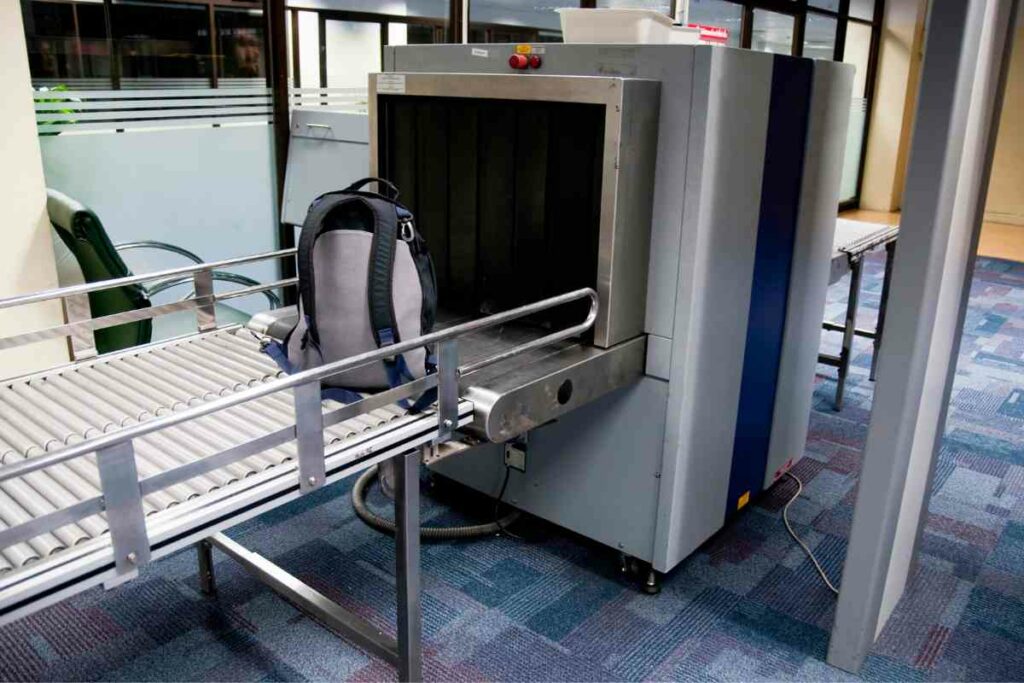
These items include not only the obvious illegal items like explosives, guns, and knives, drugs and wildlife, or biological substances but also items that may present a hazard to the function of the plane in flight, like advanced electronics, magnets, or radio devices.
Even innocent items like aerosol containers or perfume will not make the flight with you.
What items get you pulled from the queue
Eagle-eyed airport baggage scanners are known to err on the side of caution, so it isn’t too hard for a range of innocent items to come under scrutiny.
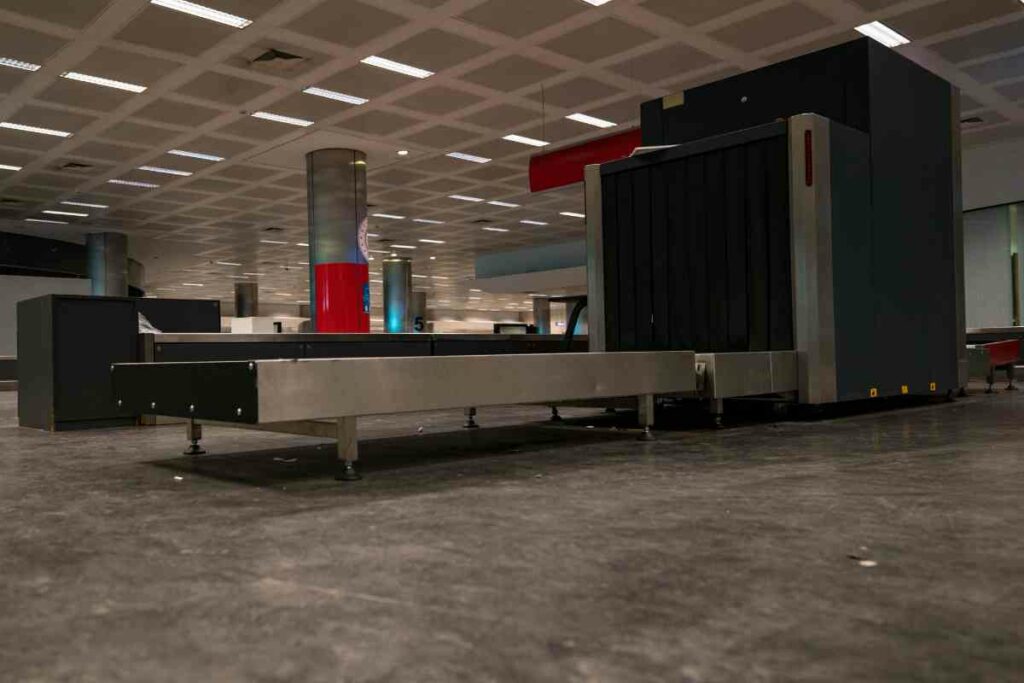
The main reason this happens is that they look like a prohibited item or obscure other objects within the luggage from the scanner.
Here are common innocent items that the airport X-ray machine might not like:
- Peanut butter: a large jar of peanut butter can be problematic because it is a paste that can be classified as a liquid according to TSA regulations. A large jar of peanut butter will be confiscated if it breaches the 3.4 ounces (100 ml) limit. Other substances that have this issue include sauces and salsas.
- Wrapping foil: this item will certainly attract attention to your luggage because it is metallic. Wrapped objects can look like weapons and the metal also shields items that are underneath.
- Cables: an individual mobile phone charger is unlikely to attract attention to your luggage, but if you have a charger for every piece of tech you own, they may ask you to separate them.
- Salt and spices: for most travelers, this is a no-brainer as powdered substances are easily mistaken for drugs. The same goes for flour, meal, and any other loose powdered substance.
- Toy weapons: toy weapons have to be investigated and so should always be packed in checked luggage. The TSA frankly banned some toys, like foam swords, water guns, and some Nerf items.
- Lead crystal: the lead in lead crystal effectively blocks X-rays so you may need to put any antiques or souvenirs through the baggage scanner separately.
Weird items that airport baggage scanners see
With so many people passing through the world’s domestic and international airports, it’s almost certain that baggage handlers are going to see some weird and wonderful things.
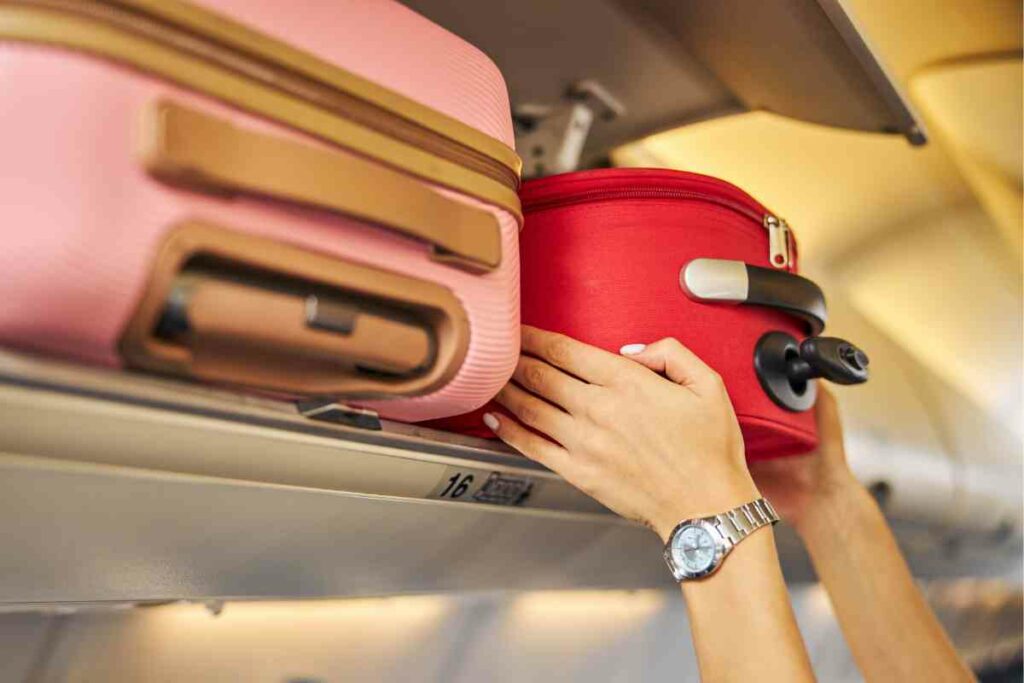
Here are some of the craziest things that have been picked up on airport scanners.
A cat
In November 2022, JFK airport baggage scanners got a surprise when a live cat was detected in scanned luggage.
On closer inspection ginger tabby fur was poking out of the zip, but the traveler was strangely unaware that he had packed a pet!
Human teeth
A TSA agent scanning a couple’s luggage got more than they bargained for when they found that a couple’s luggage was crammed full of human teeth.
Turns out they were purchasing teeth from a crematorium to extract metals…
Koi carp
Aquarists often try to travel with koi and other tropical fish species to stock their exotic aquariums.
However, the airline needs to know that you’re transporting fish and in many cases traveling between countries with exotic fish species is 100% illegal.
A powerful magnet
TSA agents were less than impressed by a super magnet that was stowed in luggage.
When investigated it started to rip the rollers out of the conveyor belt and required three men to remove it. Obviously, it did not make the flight.

Cash baked into pastries
Observant German airport baggage scanners at Berlin Schönefeld Airport intercepted cash concealed in pastries.
In conclusion
Sending your luggage through a baggage scanner is a mundane part of the airport experience but the efforts of airport baggage scanners intercept millions of prohibited items each year.
This simple and unobtrusive method is certainly preferable to having your luggage routinely searched.
If you are unsure about what you can and can’t take onto a flight, the TSA has a searchable database of permitted and banned items you can search online.
- Ulanzi U60 RGB Video Light Review
- Stuff Sack Vs. Compression Sack (Complete Comparison)
- Best Wetsuits for Surfing (Top 7 Picks & Buying Guide)
- Best Shoes For Slippery Rocks (Top 8 Picks & Buying Guide)
- Packing Cubes Vs. Compression Bags (All You Need to Know)
- Best Drones for Hiking (Top 4 Picks & Buying Guide)

